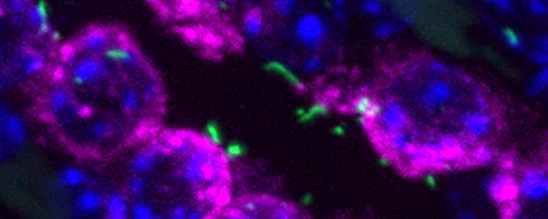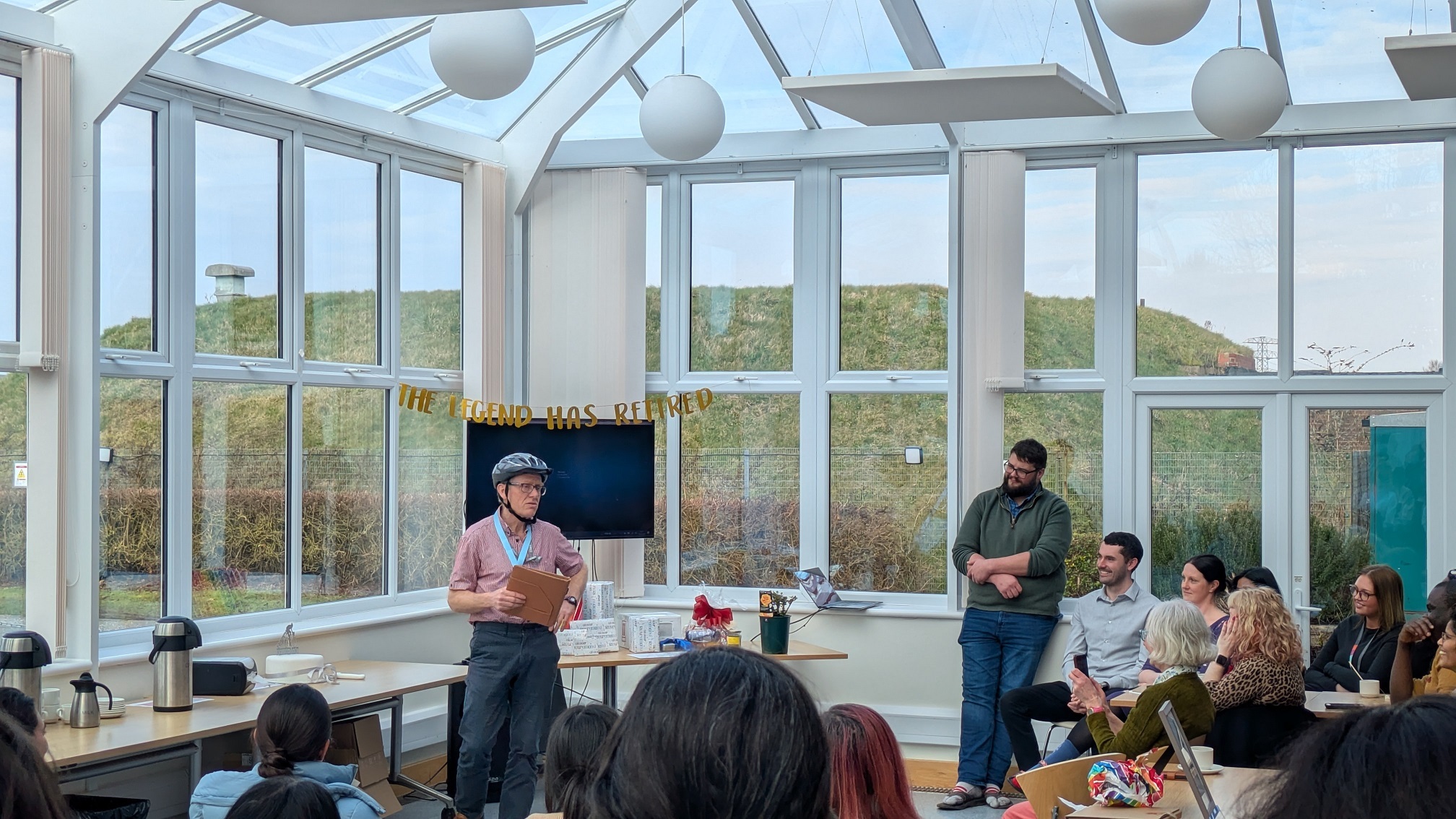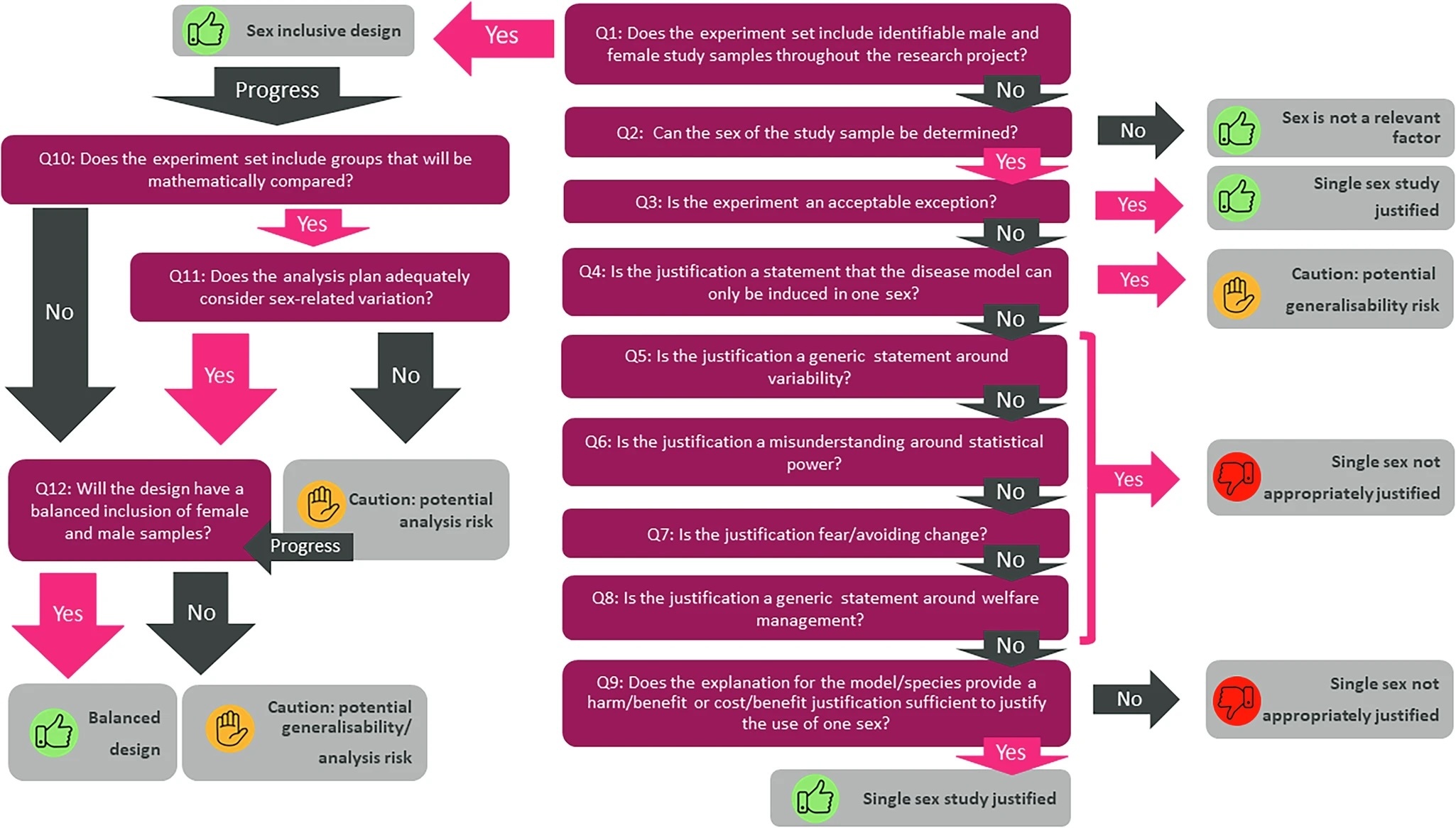While we have our 10th Genome Editing Mice for Medicine (GEMM) call open and accepting applications, we decided it would be a good opportunity to look back at genetically altered mouse lines generated for successful applicants from previous funding calls. We have created some case studies that demonstrate the range of work we have supported and highlight some of the lines that we have available for the scientific community.
The GEMM programme offers the expertise and resources required to deliver and validate new and innovative mouse models that contribute to answering vital, pertinent scientific and clinical questions that can only be answered by the use of an in vivo model. Successful applicants demonstrating the scientific and clinical importance of their desired model have their novel mouse line designed and produced free of charge and made available to the scientific community. The first call for applications was made in 2016 and, so far, more than 80 novel genetically altered mouse lines have been generated.
Aside from the clinical relevancy, one of the most important points considered by the cross-disciplinary group of experts that judge applications to the GEMM programme is that creation of a novel mouse line is needed to answer the research question and that alternative systems such as in vitro cell and tissue culture systems will not be sufficient. In some cases this is because the disease impacts multiple organ systems, for example with the novel line, C57BL/6NTac-Cep290em1H/H, which is being used by John Sayer’s group at the University of Newcastle to model Joubert syndrome, a disorder that affects the retina, brain and kidneys, and currently has no cure.
Studies in live animals also allow researchers to look at systemic effects. For example, C57BL/6NTac-Kcnj11em1H/H is being used by Frances Ashcroft’s group at the University of Oxford to investigate the mechanism by which a common variant increases the risk of developing type 2 diabetes. Investigation in the mouse allowed them to study the effect of diet on blood glucose control in animals carrying the variant. Similarly, Nick Green’s group at the UCL Great Ormond Street Institute of Child Health is using C57BL/6NTac-Gldcem1H/H to model non-ketotic hyperglycinemia and has shown mild but significant elevation of plasma glycine, accompanied by accumulation of glycine in the brain, a characteristic of the disease.
Another common benefit of work in live animals is the capacity to study the effects on organs that are difficult to model in other systems. For example, C57BL/6NTac-Atp13a3em2H/H has been used by Nick Morrell’s group at the University of Cambridge to model pulmonary arterial hypertension. They have shown that these mice display various features of the disease including thickened walls in the heart’s right ventricle, a sign that the right side of the heart is having to work harder than normal.
Our new case studies highlight only a very small subset of the novel lines generated by the programme, but demonstrate the variety of research questions that can be answered and the range of diseases that can be studied using genetically altered mice. Indeed, all of the case studies prepared so far describe projects based on novel lines carrying disease-associated mutations that are being used to better understand the disease in question or to test potential future therapies.
In time, we hope that an expanding set of case studies will grow to be a useful resource, providing inspiration for the kinds of modifications we are able to make and the wide range of research questions that can be opened up through the judicious use of mouse models. With one of the criteria on which applications were judged being the potential interest to the wider scientific community, these case studies will also serve to highlight some of the lines that researchers elsewhere might be interested in using for their own research, as all lines generated through the GEMM programme are available through the National Mouse Archive, here at MRC Harwell, and through the European Mouse Mutant Archive (EMMA).
We are currently accepting applications for the 10th GEMM call and invite you to nominate ideas and designs for your own genetically altered mouse lines.
Application Deadline: 2nd December 2022



